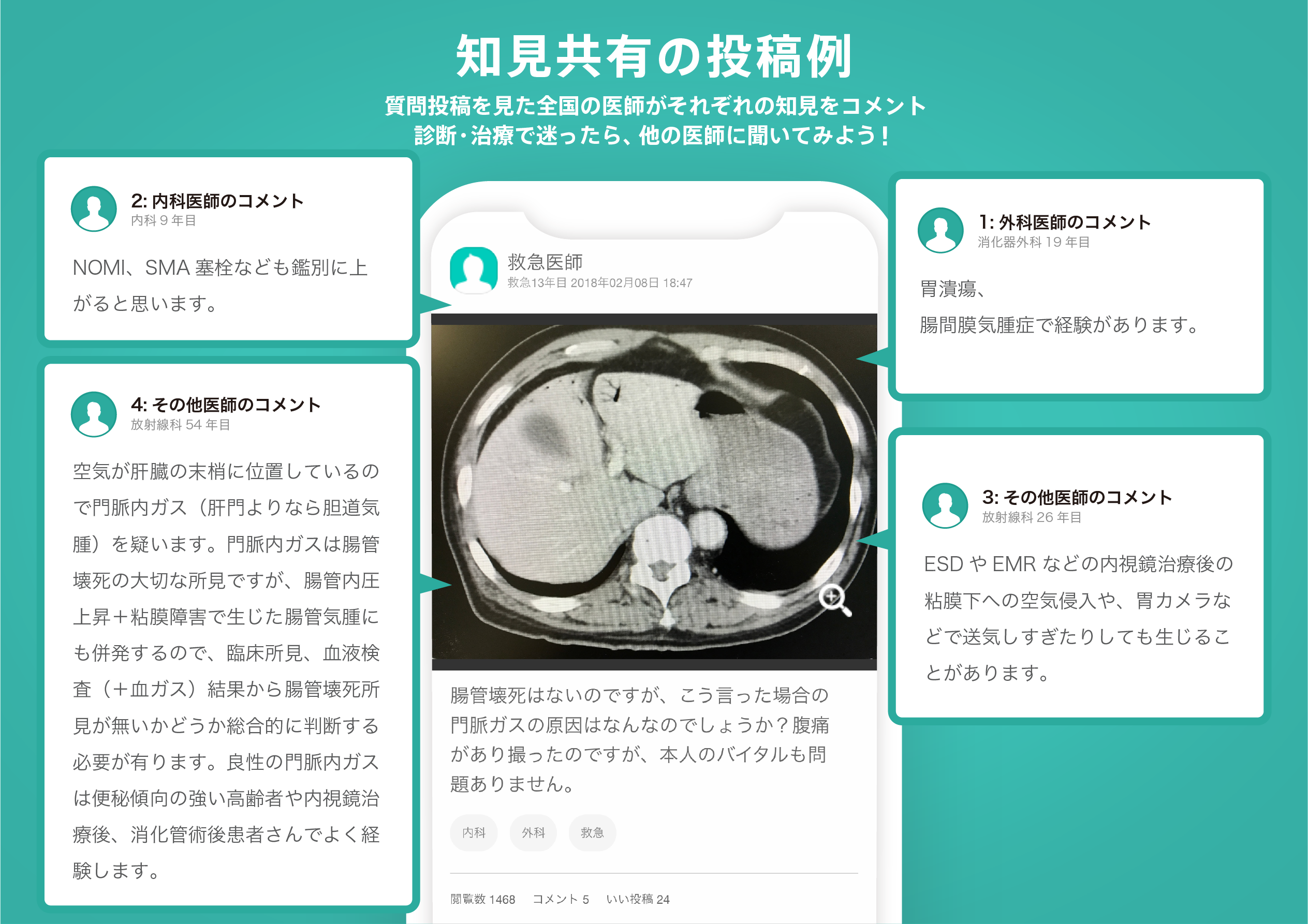著名医師による解説が無料で読めます
すると翻訳の精度が向上します
背景:小麦粉の最終用途の品質は、植物の成長条件の結果として異なります。小麦グルテンタンパク質の中で、オメガ-5グリアジンは環境変動の主要な供給源として特定されており、肥料を受け取ったり、穀物の発達中に高温にさらされたりする植物から穀物の比例が増加しています。オメガ-5グリアジンは、食物アレルギー小麦依存性運動誘発アナフィラキシー(WDEIA)とも関連しています。最近、オメガ-5グリアジンのレベルが低下したトランスジェニック系統は、RNA干渉(RNAI)を使用して開発されました。これらの線により、環境条件と農業入力に応じてオメガ5グリアジンのレベルの変化が小麦粉のエンド使用品質の変化に関与しているかどうかを判断できます。 結果:2つのトランスジェニック小麦系統と非トランスジェニックコントロールを、原因後肥料の有無にかかわらず制御された温度レジメンの下で増殖させ、得られた小麦粉のタンパク質組成を定量的な2次元ゲル電気泳動(2-DE)によって分析しました。1つのトランスジェニック系統では、オメガ-5グリアジンとして特定されたすべての2-DEスポットは、他のタンパク質への影響なしに大幅に減少しました。他のトランスジェニック系統では、オメガ-5グリアジンが存在しないため、オメガ-1,2グリアジンとオメガ-1,2鎖がターミングするグリアジンのレベルと他のいくつかのタンパク質の小さな変化が部分的に減少しました。。オメガグリアジンを除き、非トランスジェニックコントロールとトランスジェニック植物は肥料治療に対する同様の反応を示しました。小麦粉のタンパク質含有量は肥料レジメンによって決定され、各レジメンの下で産生されたコントロールとトランスジェニックサンプルは類似していたが、混合時間と混合耐性の両方が、植物が植物が原因後肥料を受けたときにトランスジェニック系統の小麦粉で改善された。 結論:データは、オメガ-5グリアジンが小麦粉の品質に悪影響を及ぼし、成長環境との品質の変化がオメガグリアジンのレベルの変化に一部起因する可能性があることを示唆しています。既知の食物アレルゲンと小麦粉タンパク質組成の環境的に誘導される変動の主要な源の1つが排除されたため、トランスジェニック系統は、さまざまな場所で栽培すると、最終用途の品質とより一貫した機能の両方で小麦粉を生成する可能性があります。
背景:小麦粉の最終用途の品質は、植物の成長条件の結果として異なります。小麦グルテンタンパク質の中で、オメガ-5グリアジンは環境変動の主要な供給源として特定されており、肥料を受け取ったり、穀物の発達中に高温にさらされたりする植物から穀物の比例が増加しています。オメガ-5グリアジンは、食物アレルギー小麦依存性運動誘発アナフィラキシー(WDEIA)とも関連しています。最近、オメガ-5グリアジンのレベルが低下したトランスジェニック系統は、RNA干渉(RNAI)を使用して開発されました。これらの線により、環境条件と農業入力に応じてオメガ5グリアジンのレベルの変化が小麦粉のエンド使用品質の変化に関与しているかどうかを判断できます。 結果:2つのトランスジェニック小麦系統と非トランスジェニックコントロールを、原因後肥料の有無にかかわらず制御された温度レジメンの下で増殖させ、得られた小麦粉のタンパク質組成を定量的な2次元ゲル電気泳動(2-DE)によって分析しました。1つのトランスジェニック系統では、オメガ-5グリアジンとして特定されたすべての2-DEスポットは、他のタンパク質への影響なしに大幅に減少しました。他のトランスジェニック系統では、オメガ-5グリアジンが存在しないため、オメガ-1,2グリアジンとオメガ-1,2鎖がターミングするグリアジンのレベルと他のいくつかのタンパク質の小さな変化が部分的に減少しました。。オメガグリアジンを除き、非トランスジェニックコントロールとトランスジェニック植物は肥料治療に対する同様の反応を示しました。小麦粉のタンパク質含有量は肥料レジメンによって決定され、各レジメンの下で産生されたコントロールとトランスジェニックサンプルは類似していたが、混合時間と混合耐性の両方が、植物が植物が原因後肥料を受けたときにトランスジェニック系統の小麦粉で改善された。 結論:データは、オメガ-5グリアジンが小麦粉の品質に悪影響を及ぼし、成長環境との品質の変化がオメガグリアジンのレベルの変化に一部起因する可能性があることを示唆しています。既知の食物アレルゲンと小麦粉タンパク質組成の環境的に誘導される変動の主要な源の1つが排除されたため、トランスジェニック系統は、さまざまな場所で栽培すると、最終用途の品質とより一貫した機能の両方で小麦粉を生成する可能性があります。
BACKGROUND: The end-use quality of wheat flour varies as a result of the growth conditions of the plant. Among the wheat gluten proteins, the omega-5 gliadins have been identified as a major source of environmental variability, increasing in proportion in grain from plants that receive fertilizer or are subjected to high temperatures during grain development. The omega-5 gliadins also have been associated with the food allergy wheat-dependent exercise-induced anaphylaxis (WDEIA). Recently, transgenic lines with reduced levels of omega-5 gliadins were developed using RNA interference (RNAi). These lines make it possible to determine whether changes in the levels of omega-5 gliadins in response to environmental conditions and agronomic inputs may be responsible for changes in flour end-use quality. RESULTS: Two transgenic wheat lines and a non-transgenic control were grown under a controlled temperature regimen with or without post-anthesis fertilizer and the protein composition of the resulting flour was analyzed by quantitative two-dimensional gel electrophoresis (2-DE). In one transgenic line, all 2-DE spots identified as omega-5 gliadins were substantially reduced without effects on other proteins. In the other transgenic line, the omega-5 gliadins were absent and there was a partial reduction in the levels of the omega-1,2 gliadins and the omega-1,2 chain-terminating gliadins as well as small changes in several other proteins. With the exception of the omega gliadins, the non-transgenic control and the transgenic plants showed similar responses to the fertilizer treatment. Protein contents of flour were determined by the fertilizer regimen and were similar in control and transgenic samples produced under each regimen while both mixing time and mixing tolerance were improved in flour from transgenic lines when plants received post-anthesis fertilizer. CONCLUSIONS: The data indicate that omega-5 gliadins have a negative effect on flour quality and suggest that changes in quality with the growth environment may be due in part to alterations in the levels of the omega gliadins. Because a known food allergen and one of the major sources of environmentally-induced variation in wheat flour protein composition has been eliminated, the transgenic lines may yield flour with both improved end-use quality and more consistent functionality when grown in different locations.
医師のための臨床サポートサービス
ヒポクラ x マイナビのご紹介
無料会員登録していただくと、さらに便利で効率的な検索が可能になります。






